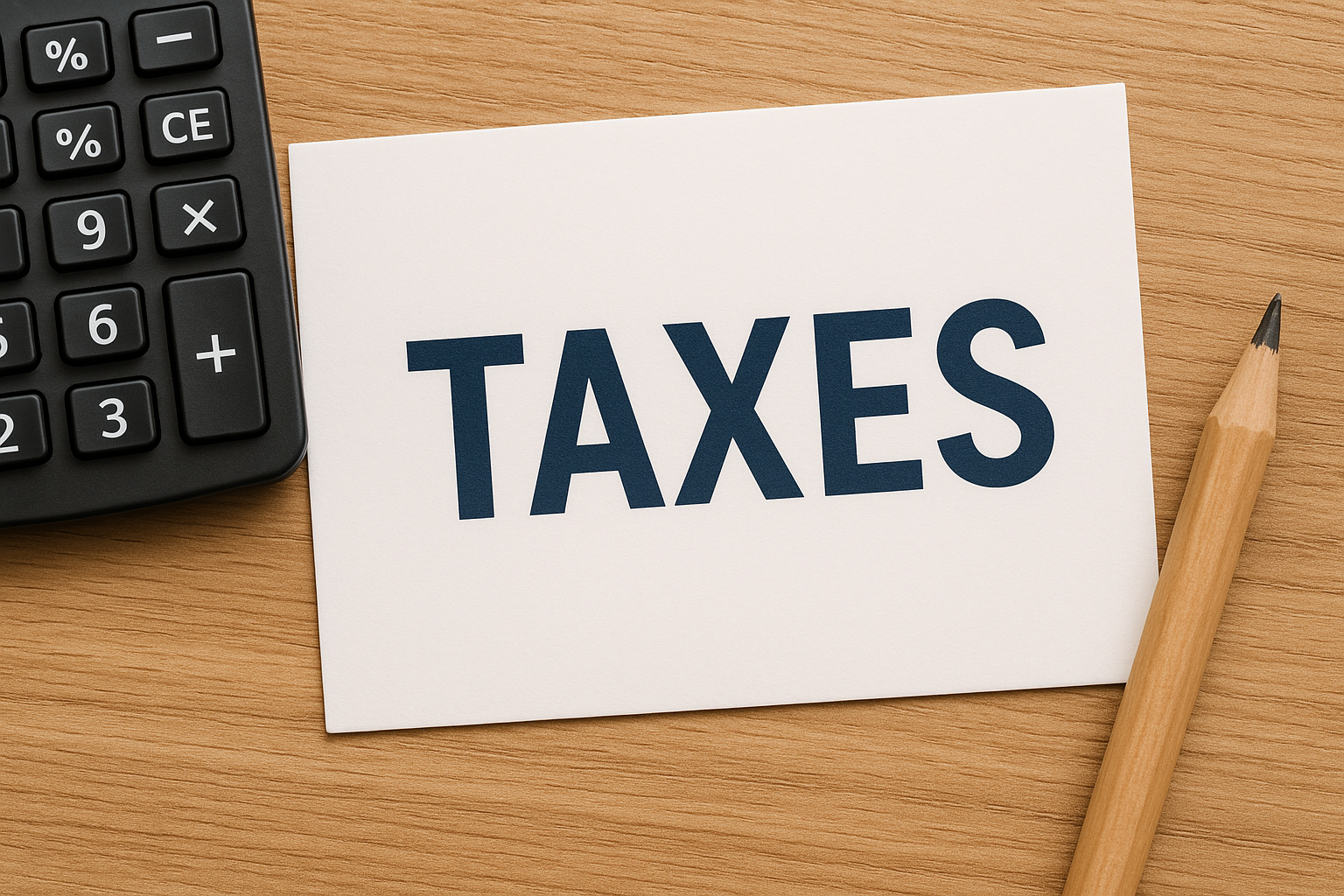Owing the IRS more than $10,000 is not just a financial problem—it’s a legal one. At this threshold, the IRS ramps up enforcement actions that can include garnished wages, frozen bank accounts, and federal tax liens. But despite how serious it may seem, you still have rights, and there are clear paths to relief if you act quickly and wisely.
Step 1: Respond Promptly to IRS Notices
The IRS doesn’t start collections without warning. They’ll send letters—like CP504, LT11, or a Notice of Federal Tax Lien—outlining the amount you owe and the actions they plan to take. These notices aren’t suggestions. They have real consequences if ignored. Open every letter. Take note of every deadline. And don’t wait until enforcement has already begun.
Step 2: Understand the Full Scope of Your Tax Debt
Before jumping into a payment plan or negotiation, you need to know exactly what you owe and why. Request your IRS account transcript online at IRS.gov. It will show:
- Each tax year involved
- Total owed, including interest and penalties
- Any liens or enforcement activity already in place
Armed with this information, you can make informed decisions rather than reacting blindly.
Step 3: Explore IRS Resolution Programs
The IRS offers a number of tax relief options to help you get back on track. Depending on your financial circumstances, you may qualify for:
Installment Agreement – This spreads your debt into manageable monthly payments.
Offer in Compromise (OIC) – You may be able to settle your debt for less than the full amount if paying it would cause financial hardship.
Currently Not Collectible (CNC) – If you truly can’t pay anything at the moment, the IRS may suspend collection activities.
Penalty Abatement – If you have a legitimate reason—such as medical issues, job loss, or a natural disaster—you may be able to have some penalties removed.
Each of these programs involves complex qualification criteria, and applying incorrectly can lead to delays or denials.
Step 4: Avoid Knee-Jerk Reactions
Too often, taxpayers rush into agreements or worse—do nothing at all. Common mistakes include:
- Paying a portion with a high-interest credit card
- Applying for a program without eligibility
- Ignoring letters in hopes they’ll stop
Taking the wrong approach can limit your options and lead to enforced collection actions.
Step 5: Work With a Skilled Tax Relief Professional
When your debt reaches five figures, it’s time to get expert help. A seasoned tax relief professional can:
- Analyze your full financial profile
- Recommend the right IRS program
- Represent you in communications and negotiations
- Help you avoid garnishments, liens, and levies
If you owe over $10,000 to the IRS, Rappaport Tax Relief is here to guide you forward. Led by David Rappaport, our team offers honest, effective representation rooted in experience and strategy. Call now for your free consultation and let’s resolve your IRS issue—together.
David Rappaport is an Enrolled Agent with over 25 years of experience in the field of taxation. He specializes in representing clients before all administrative branches of the IRS and State Taxing Authorities.


